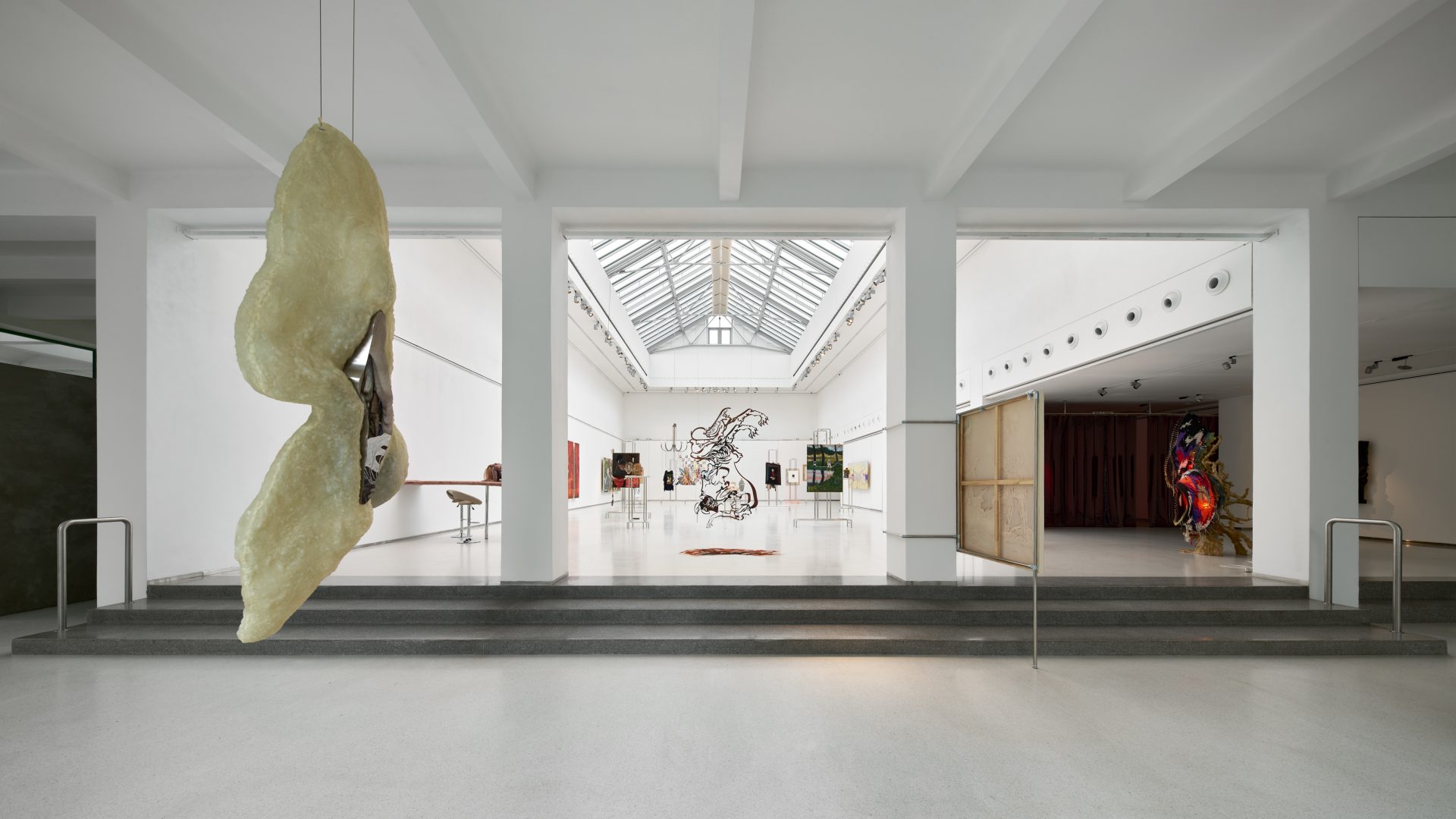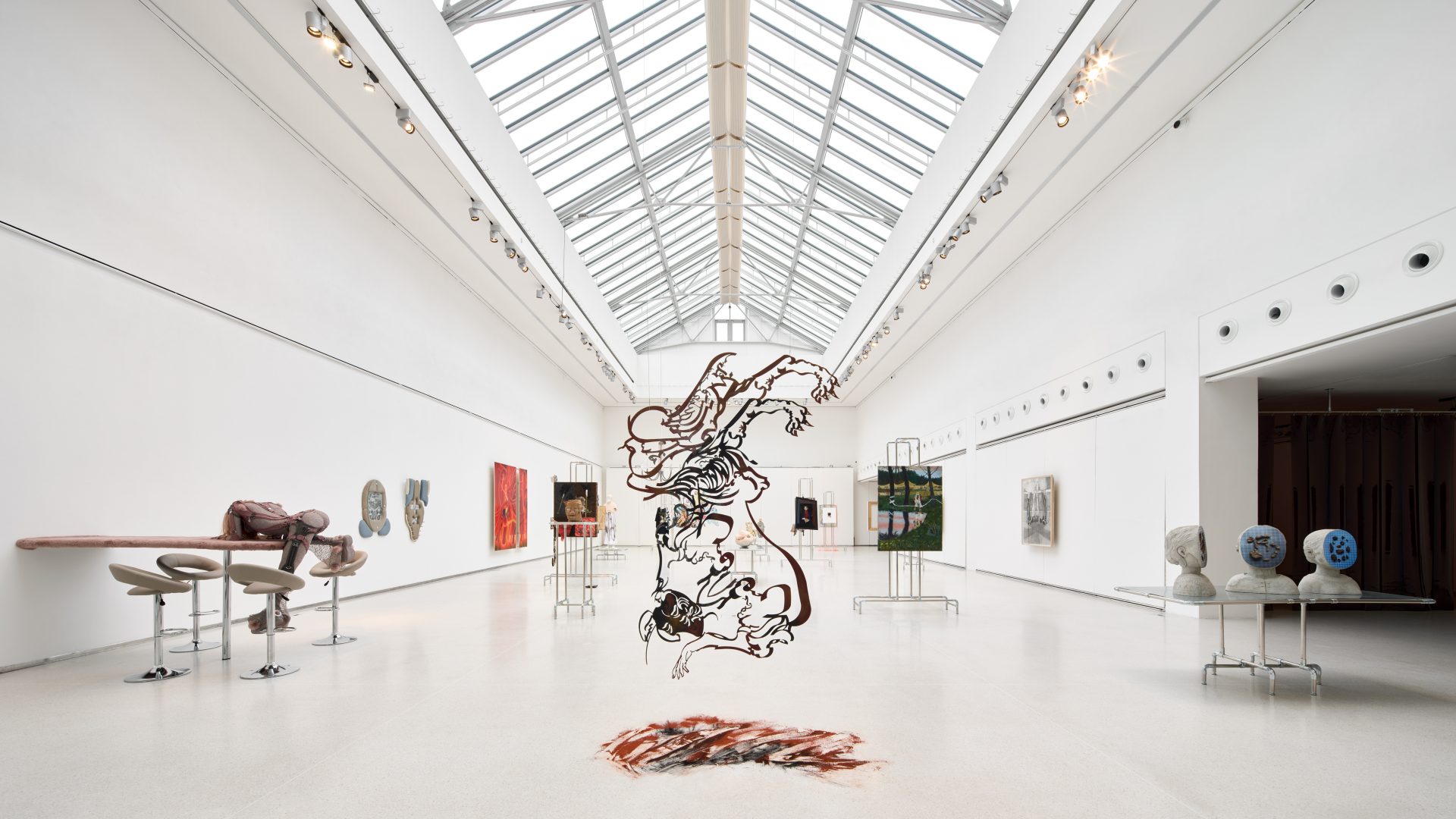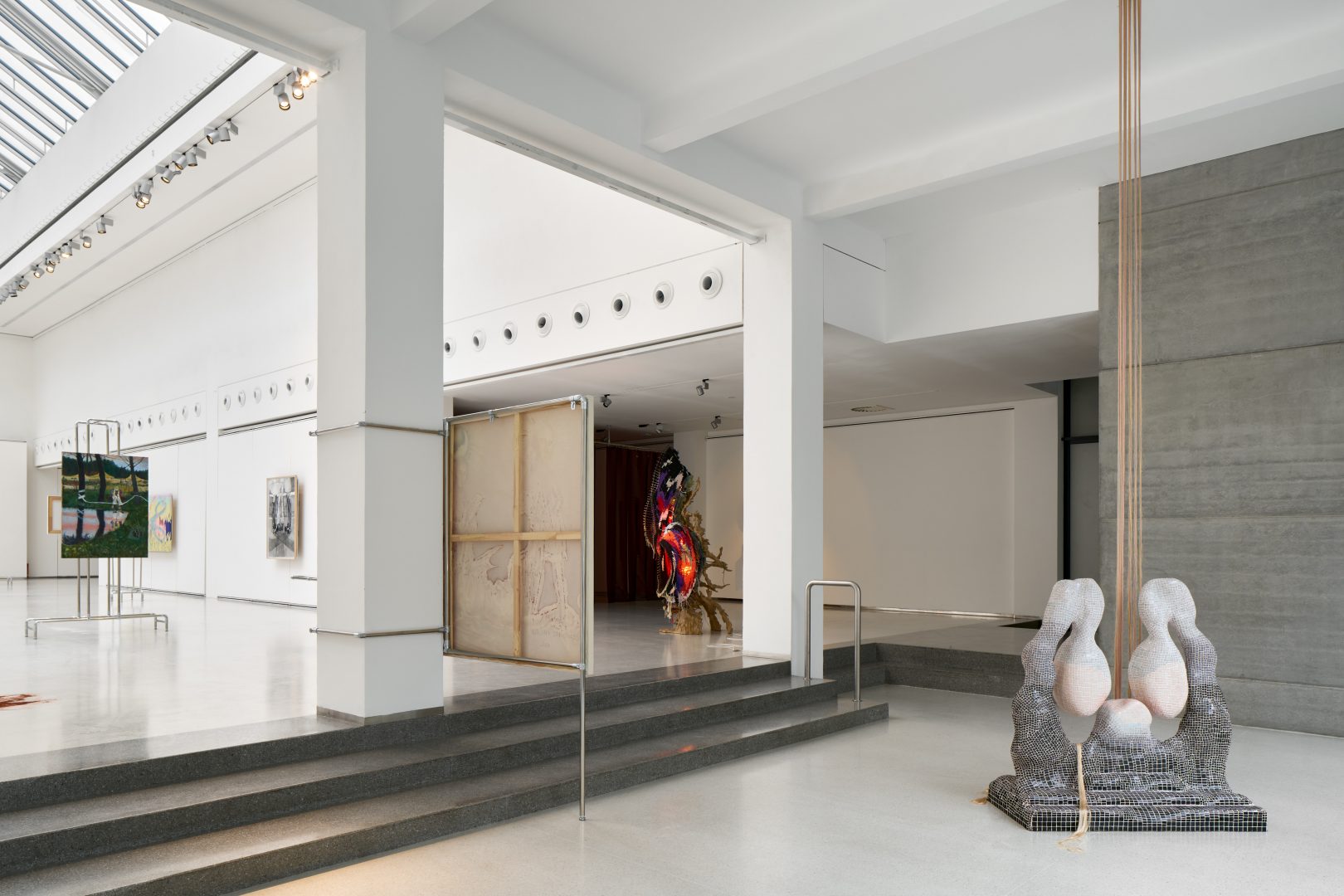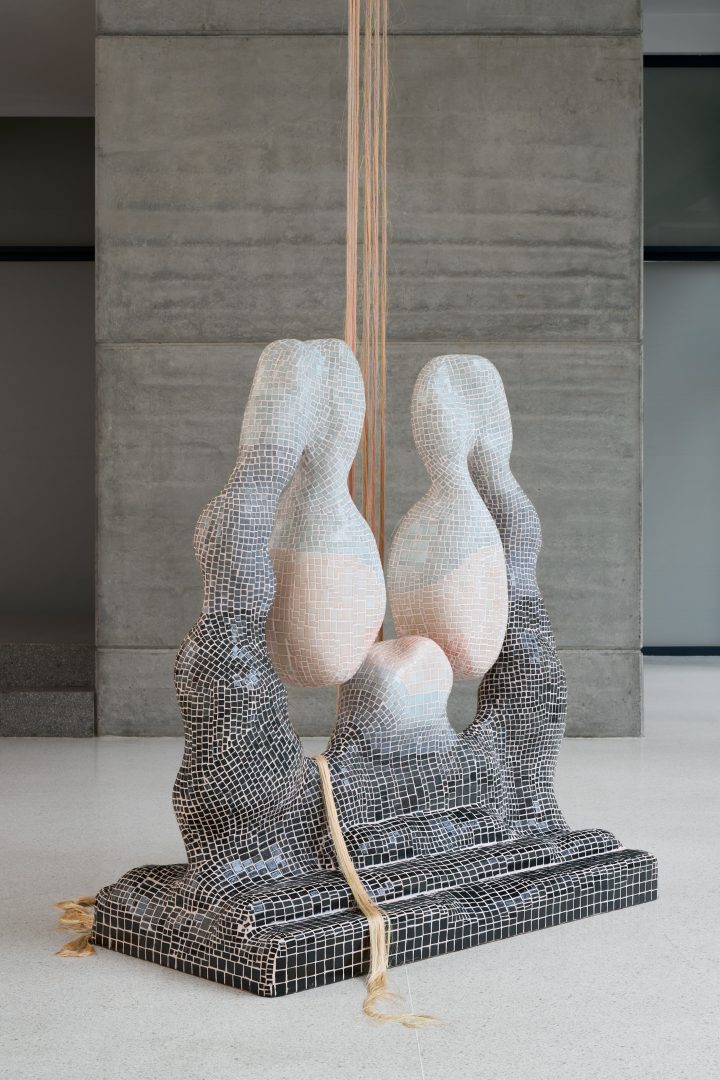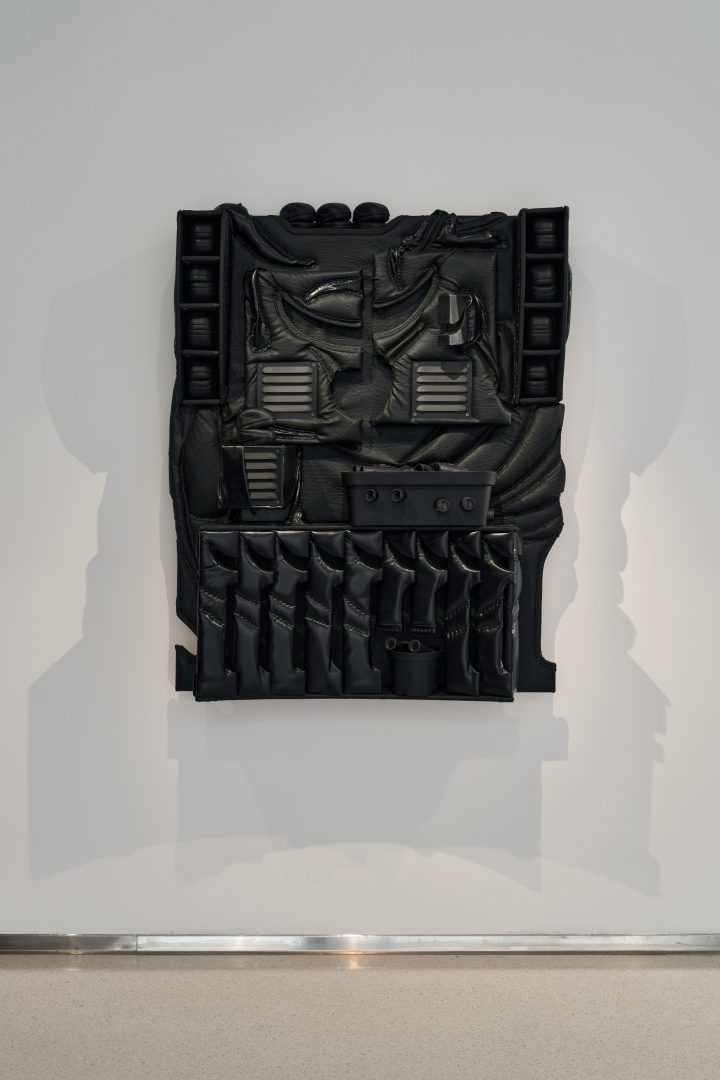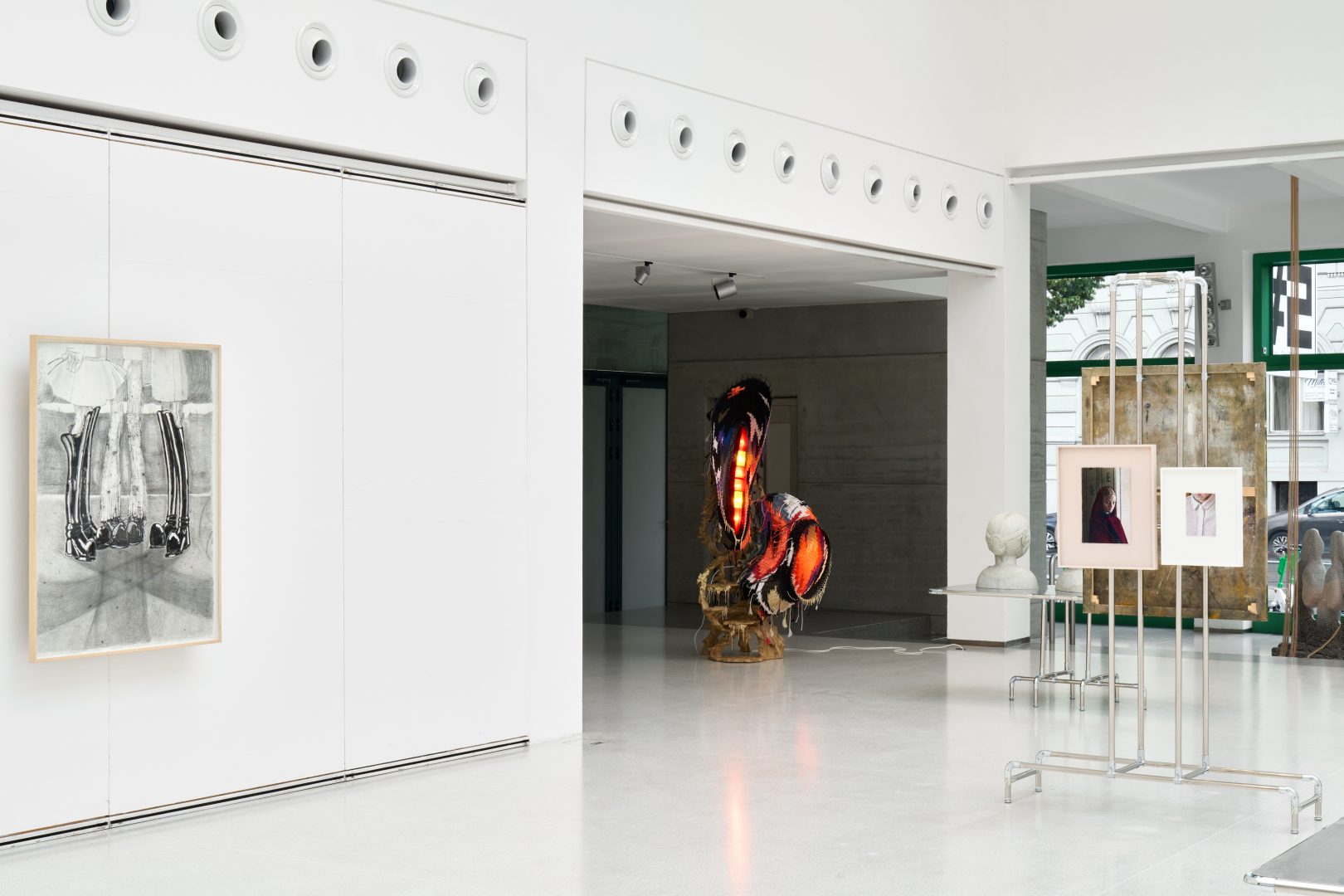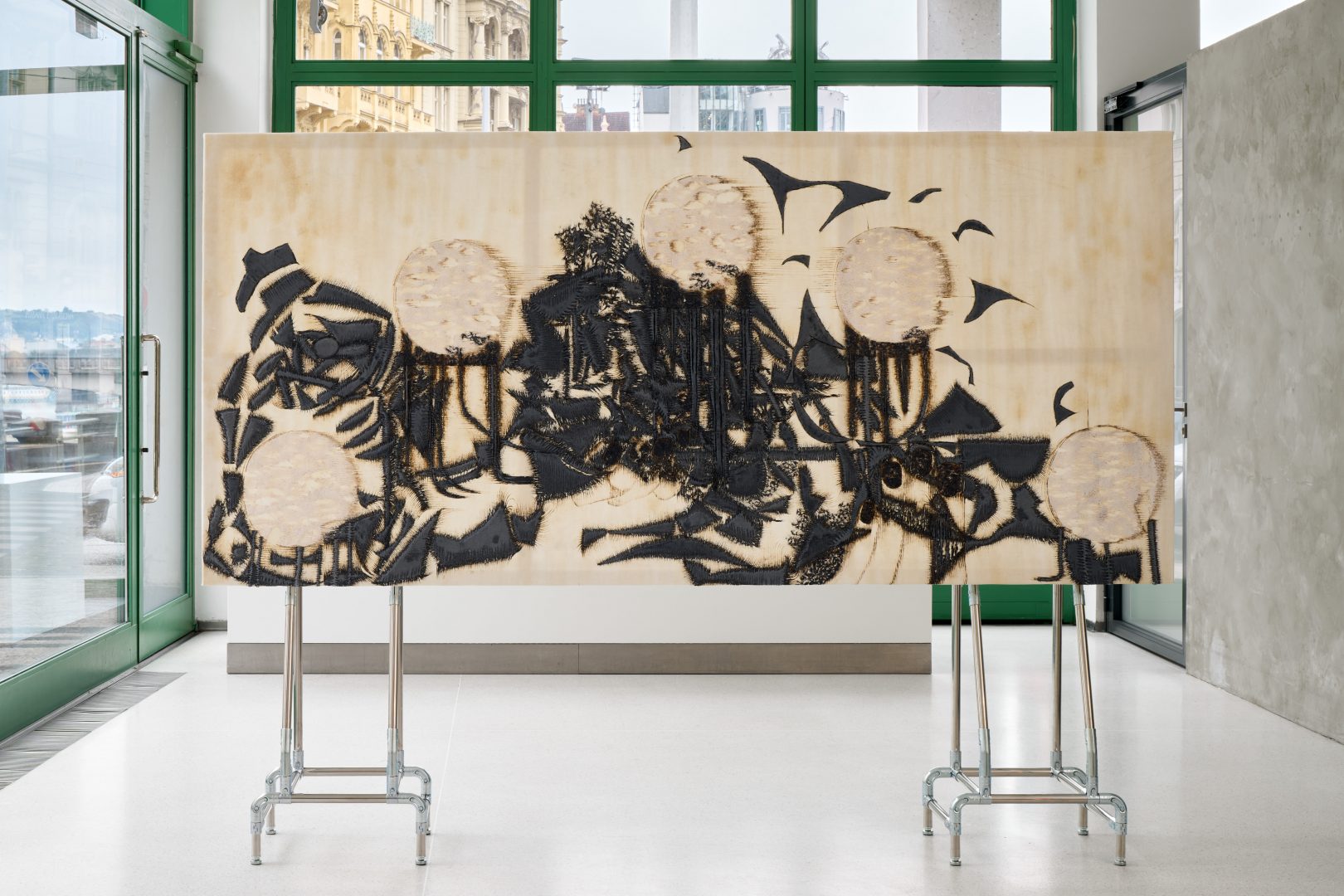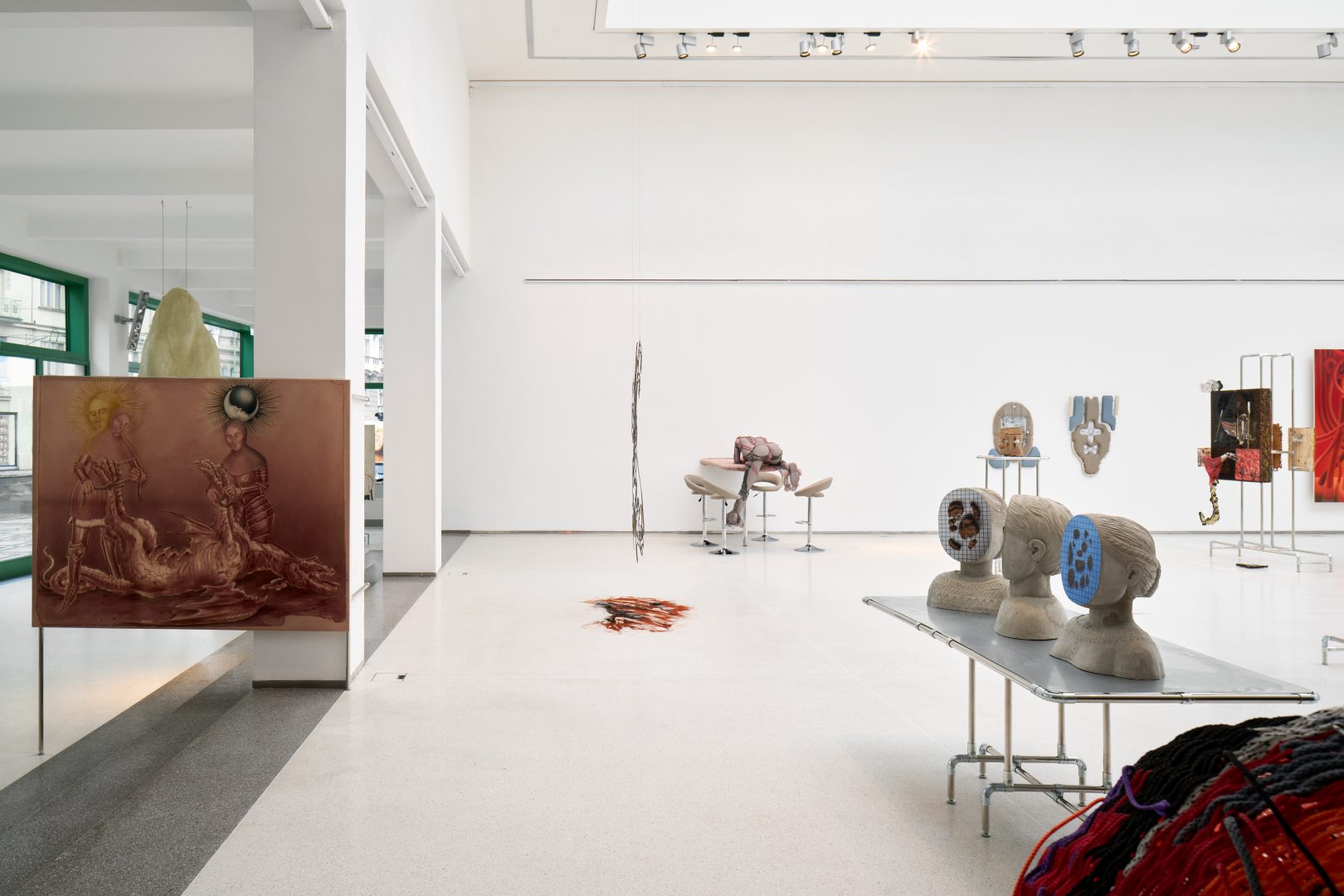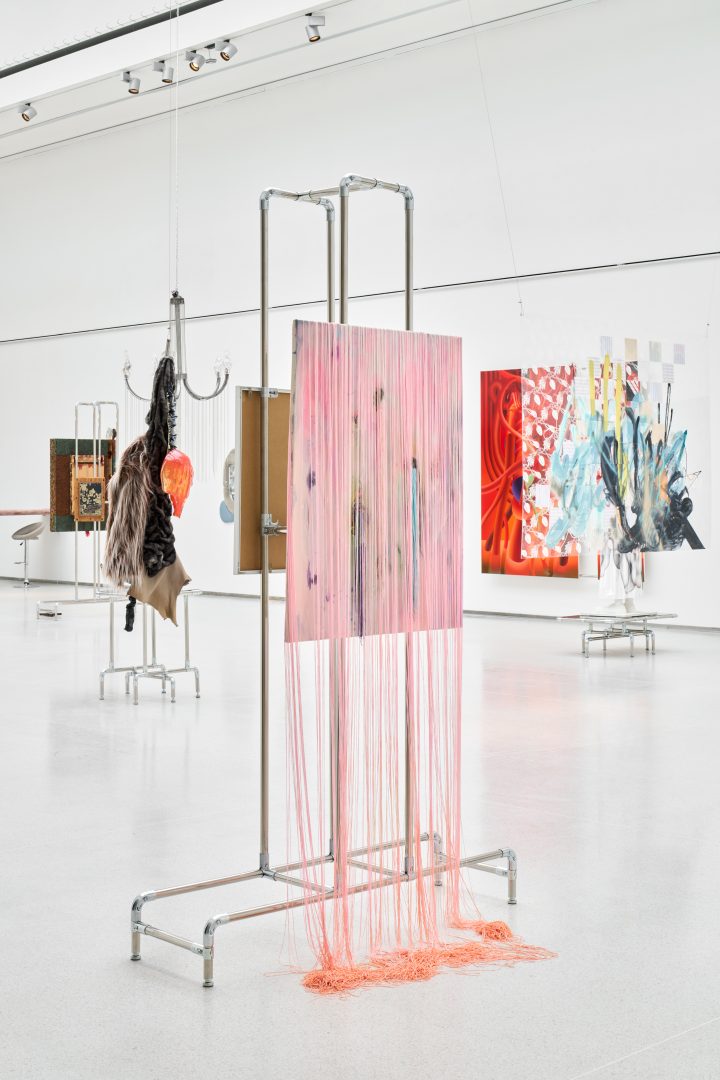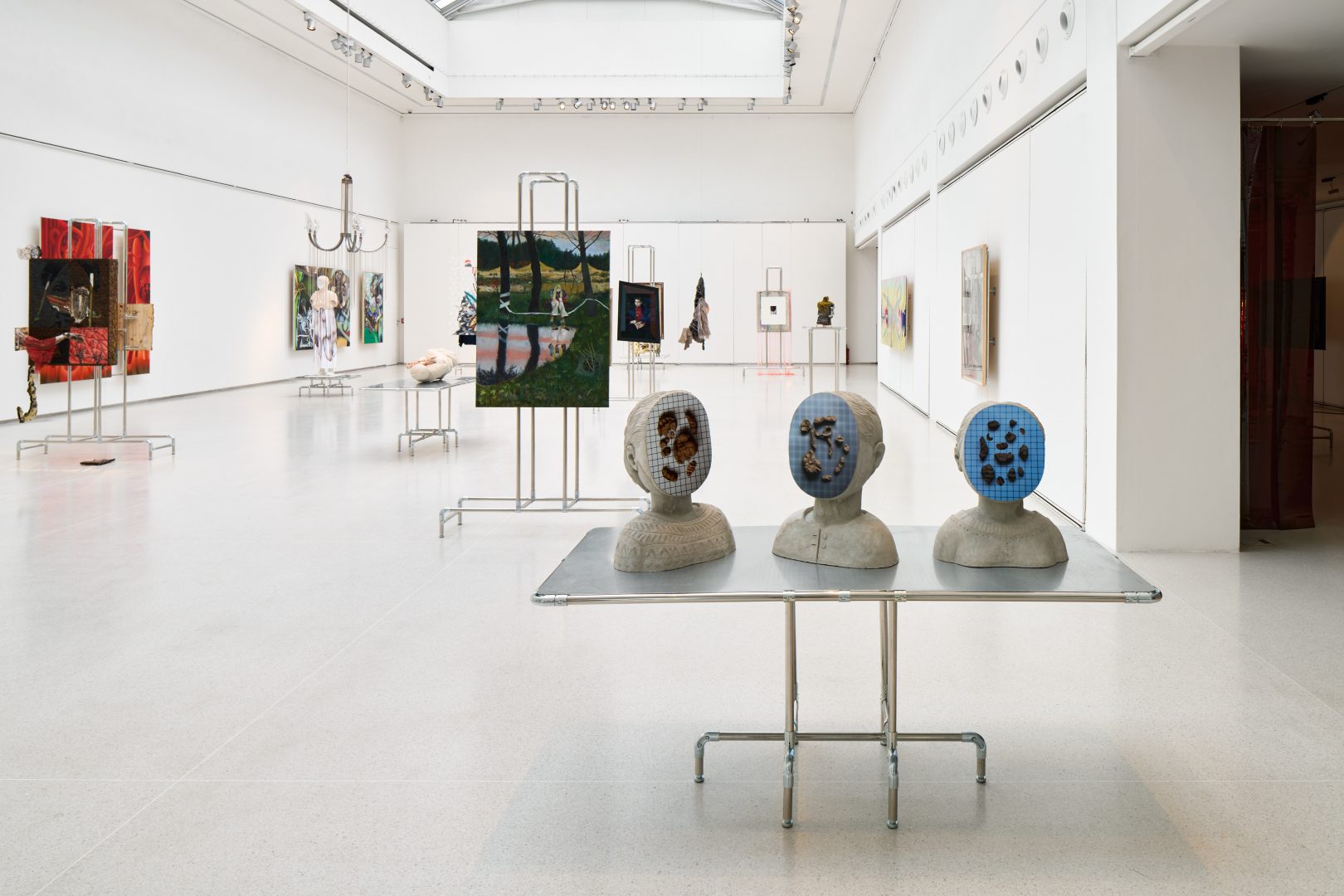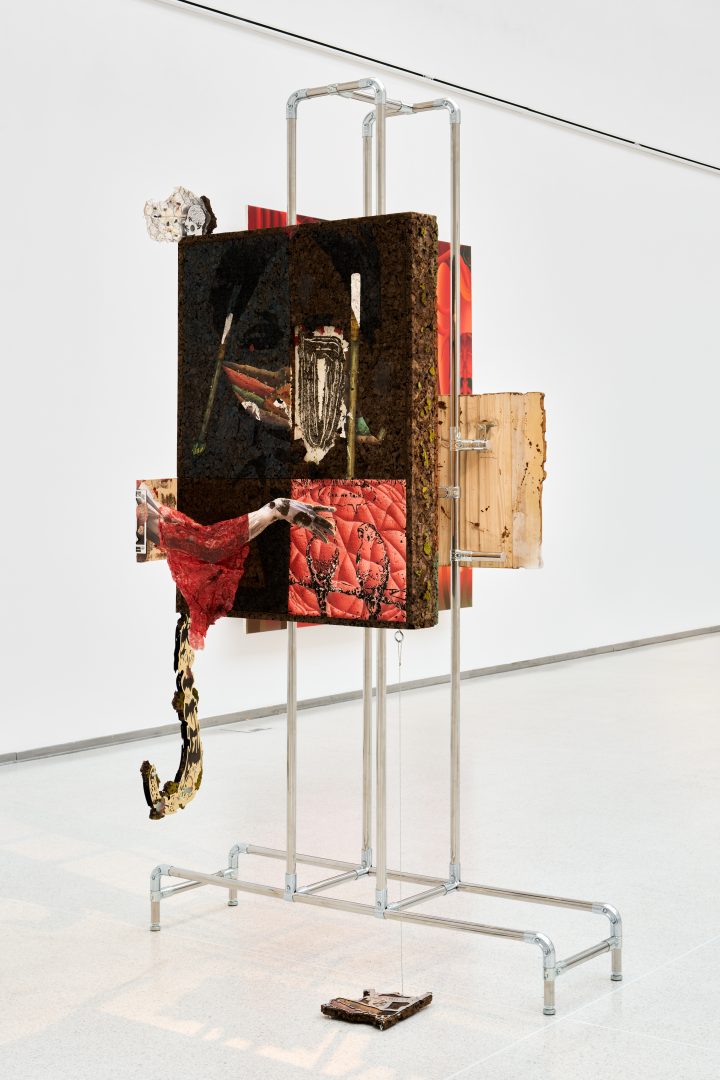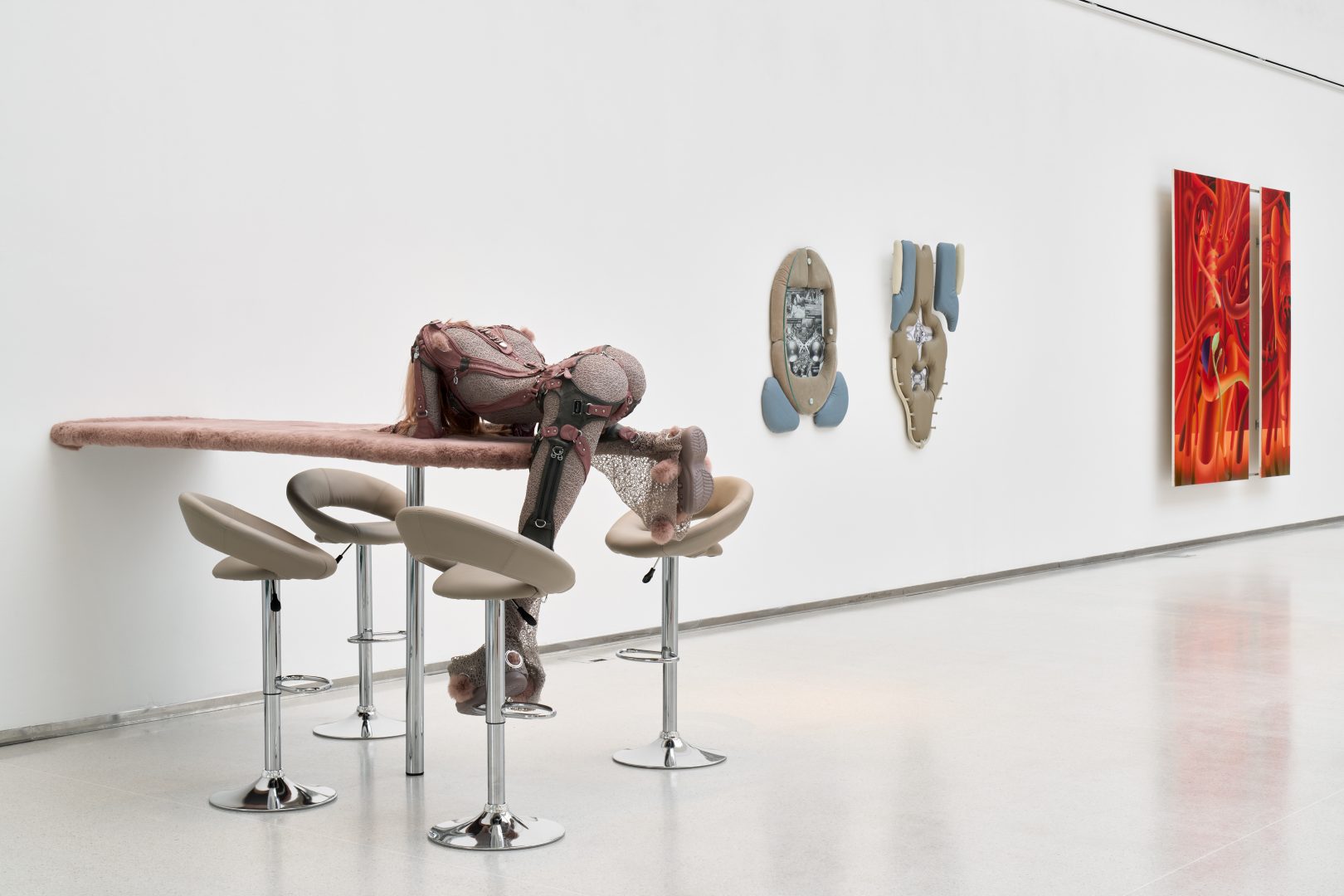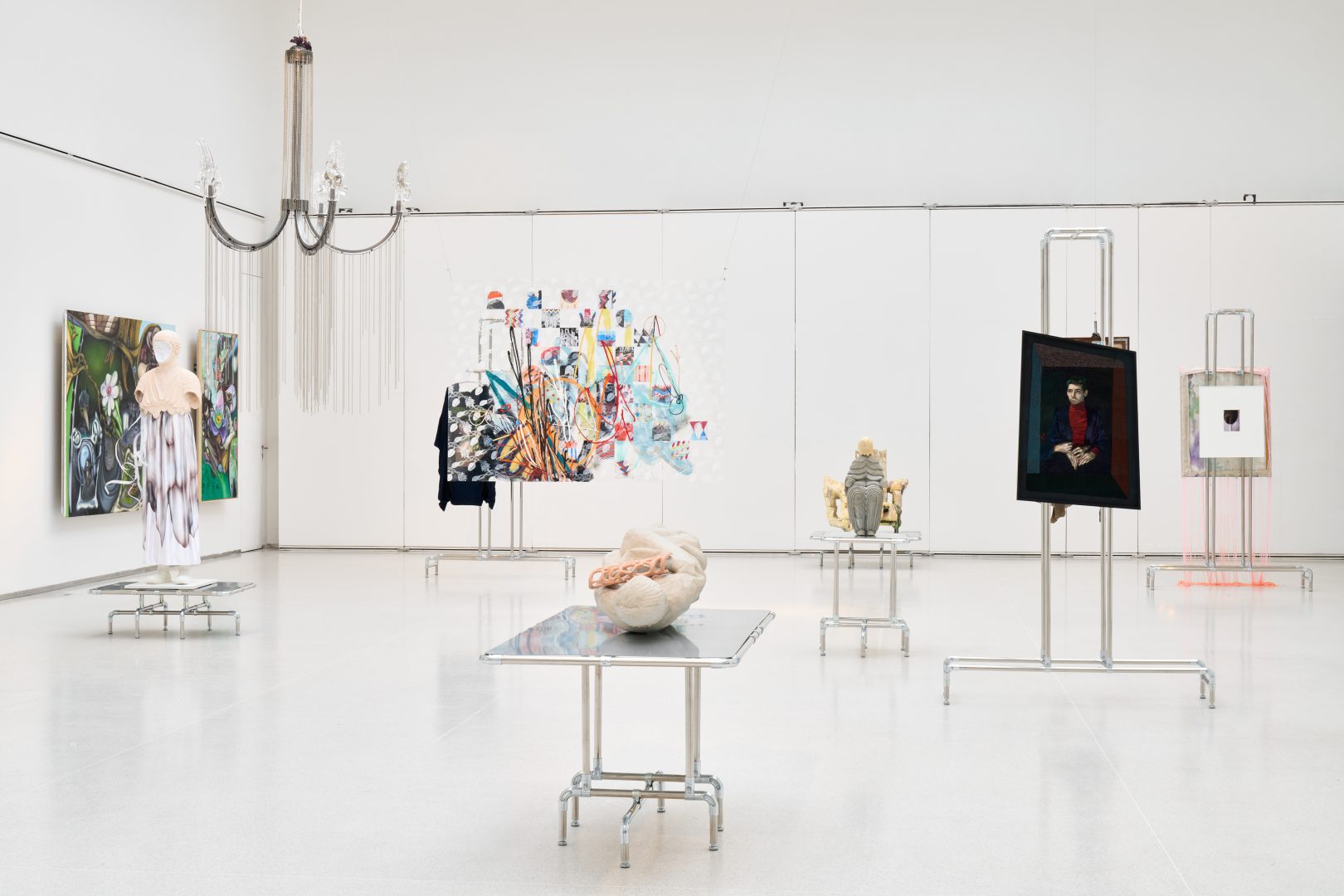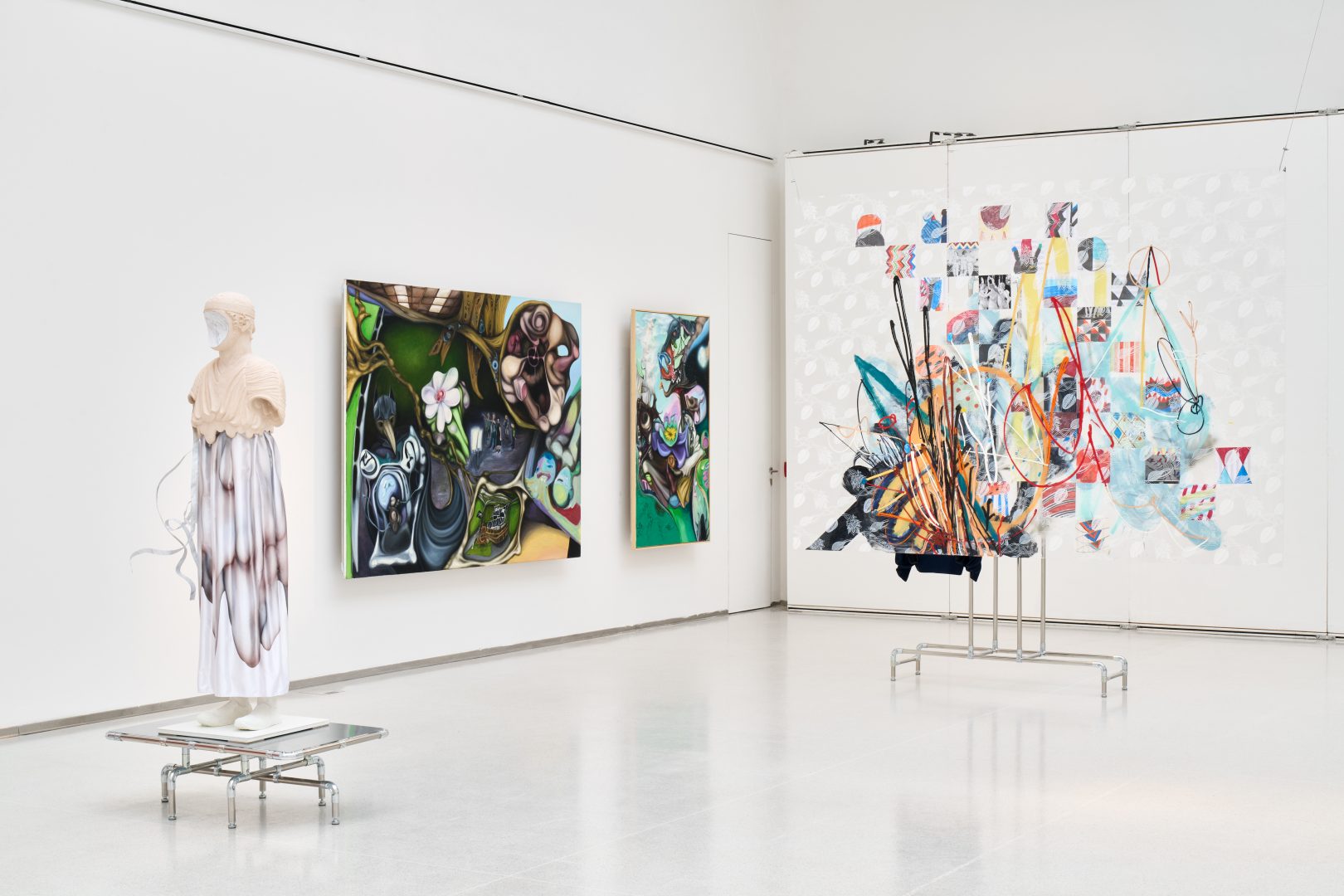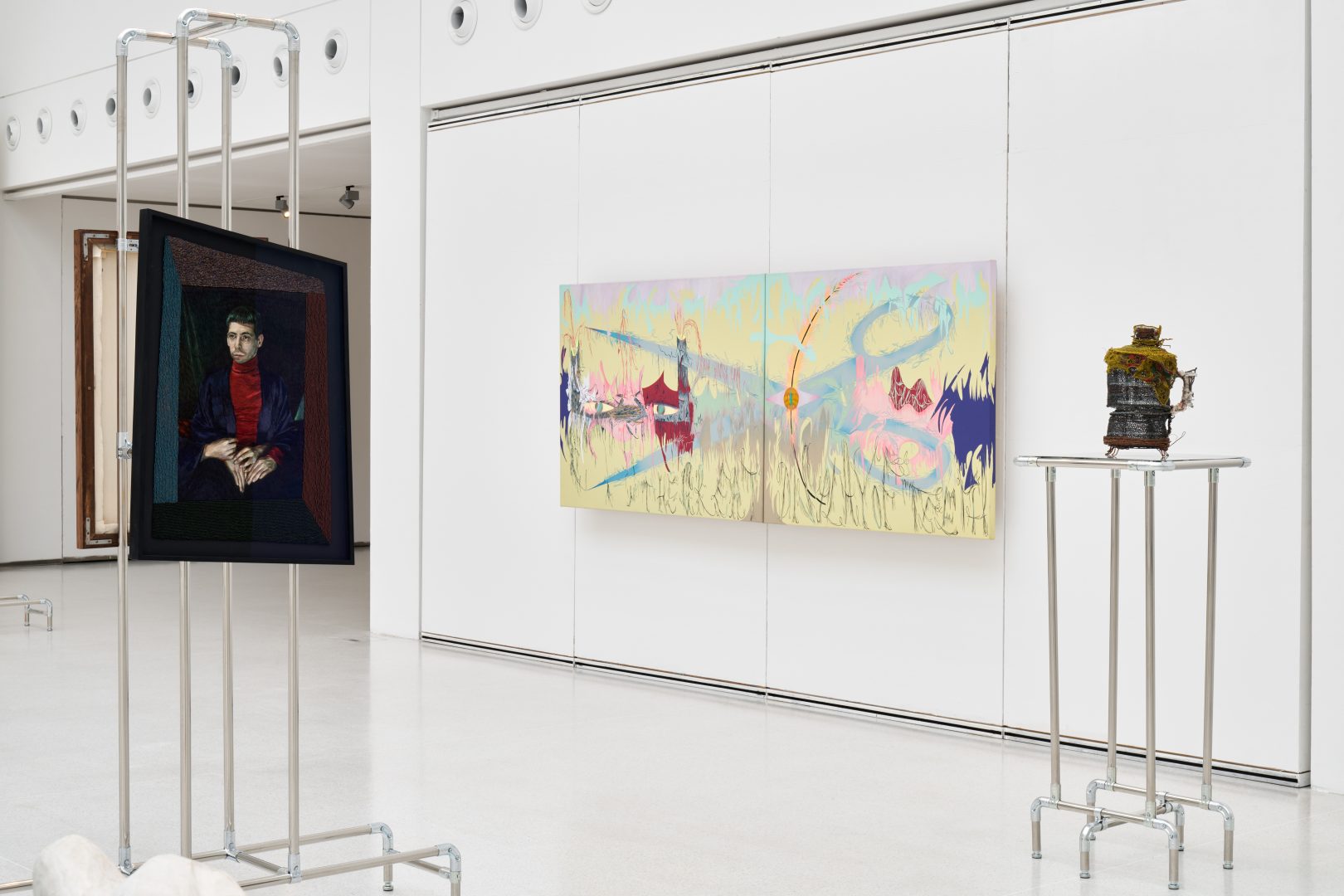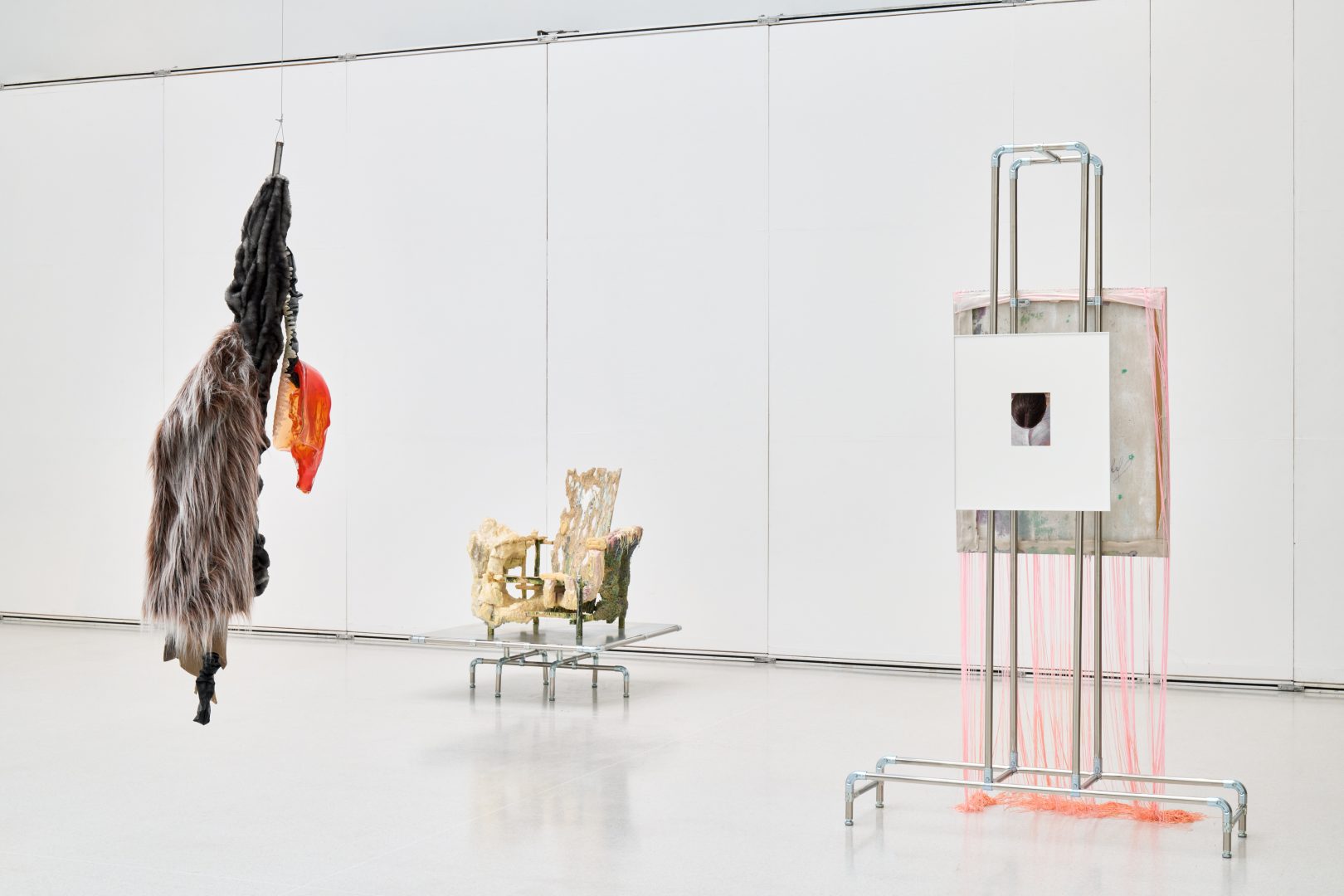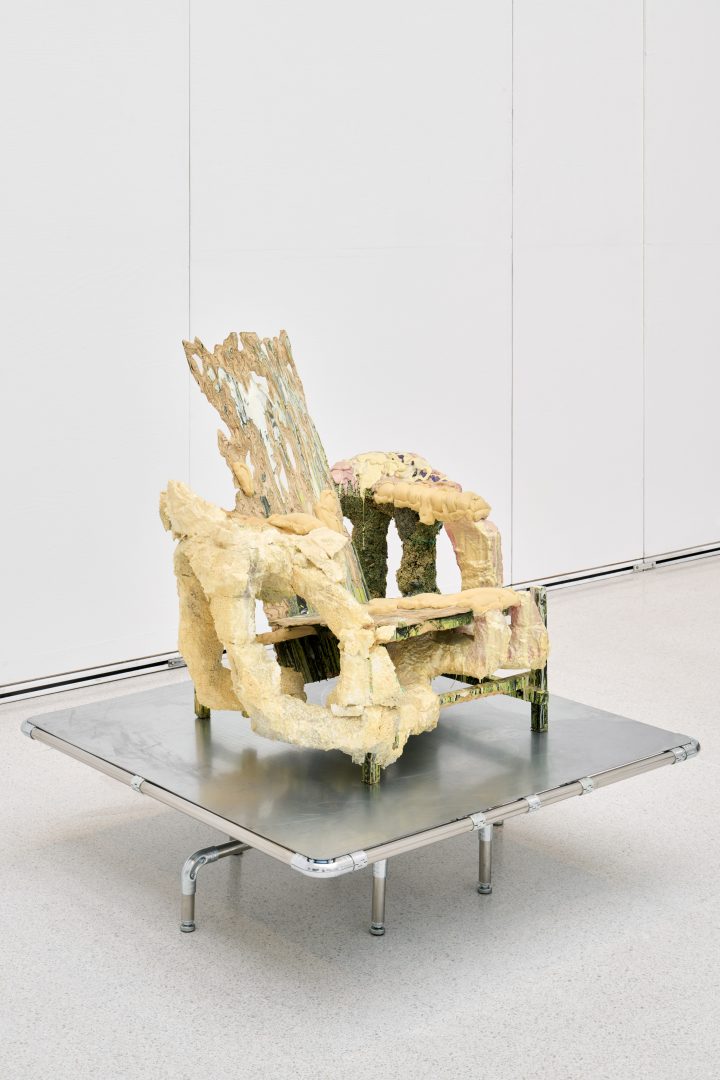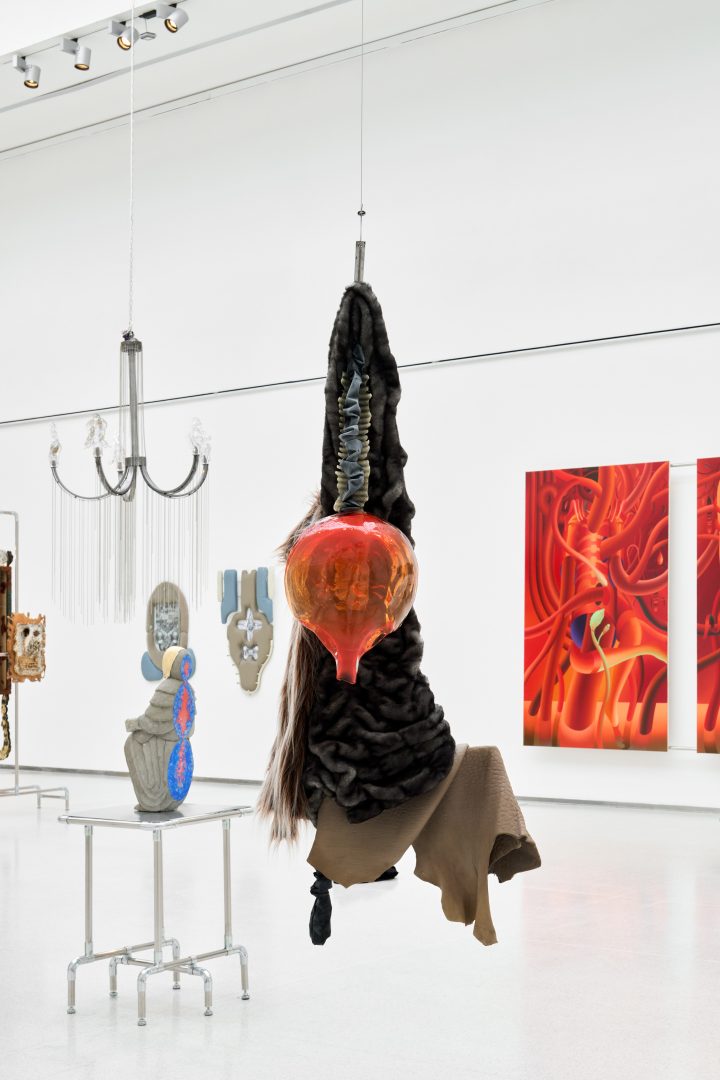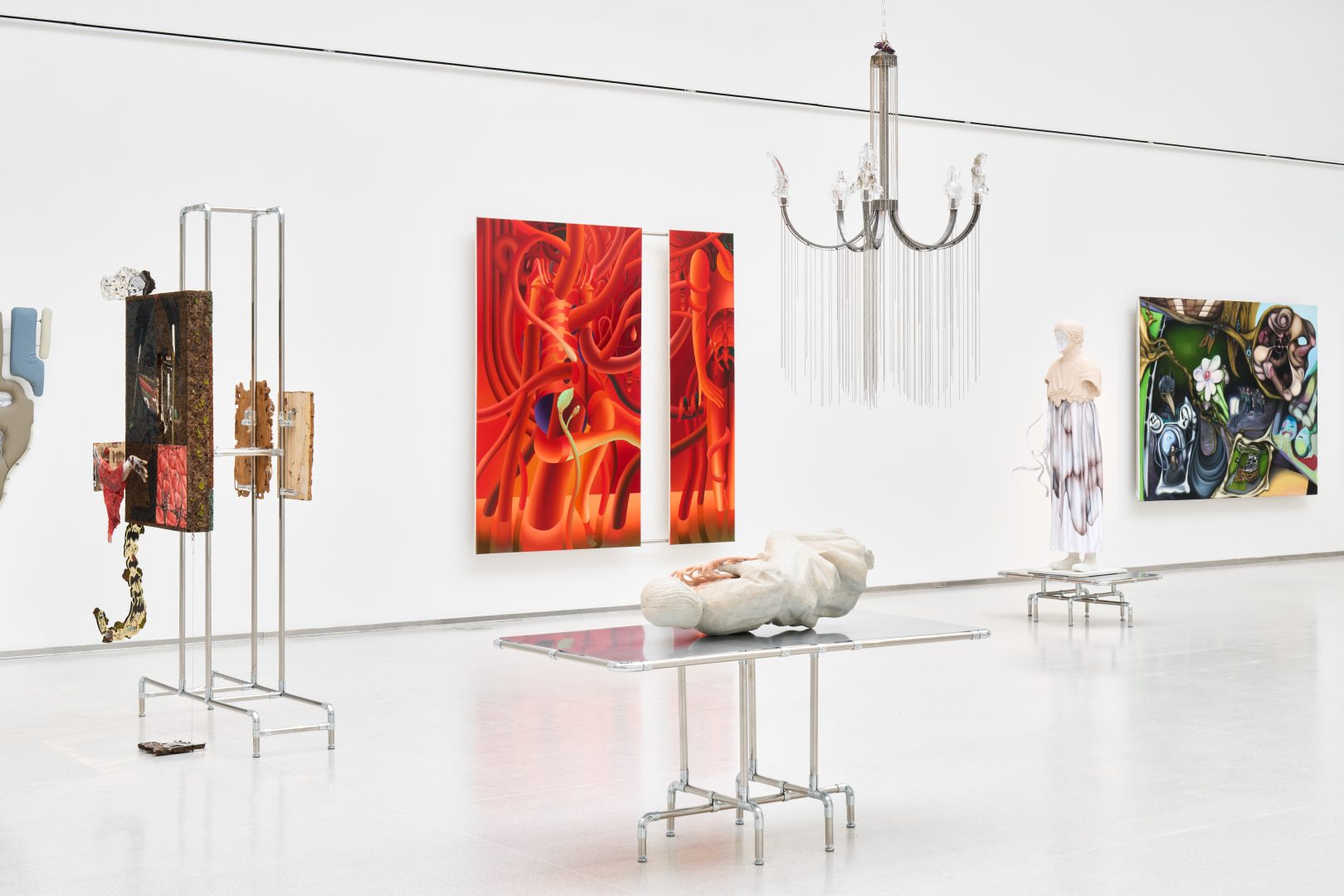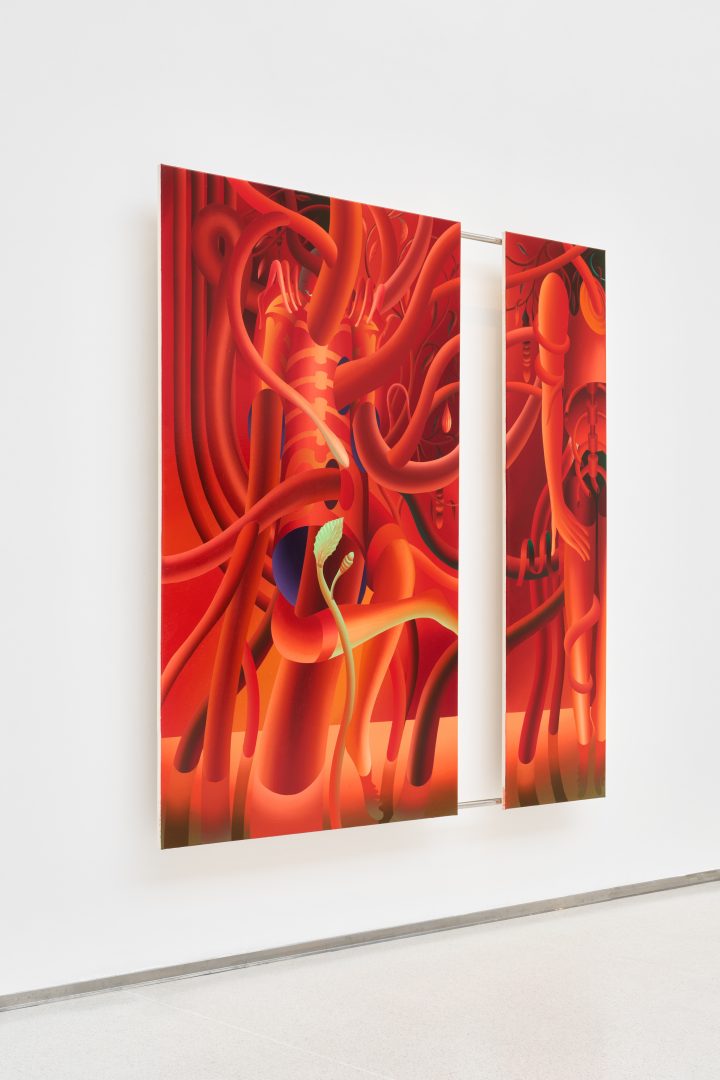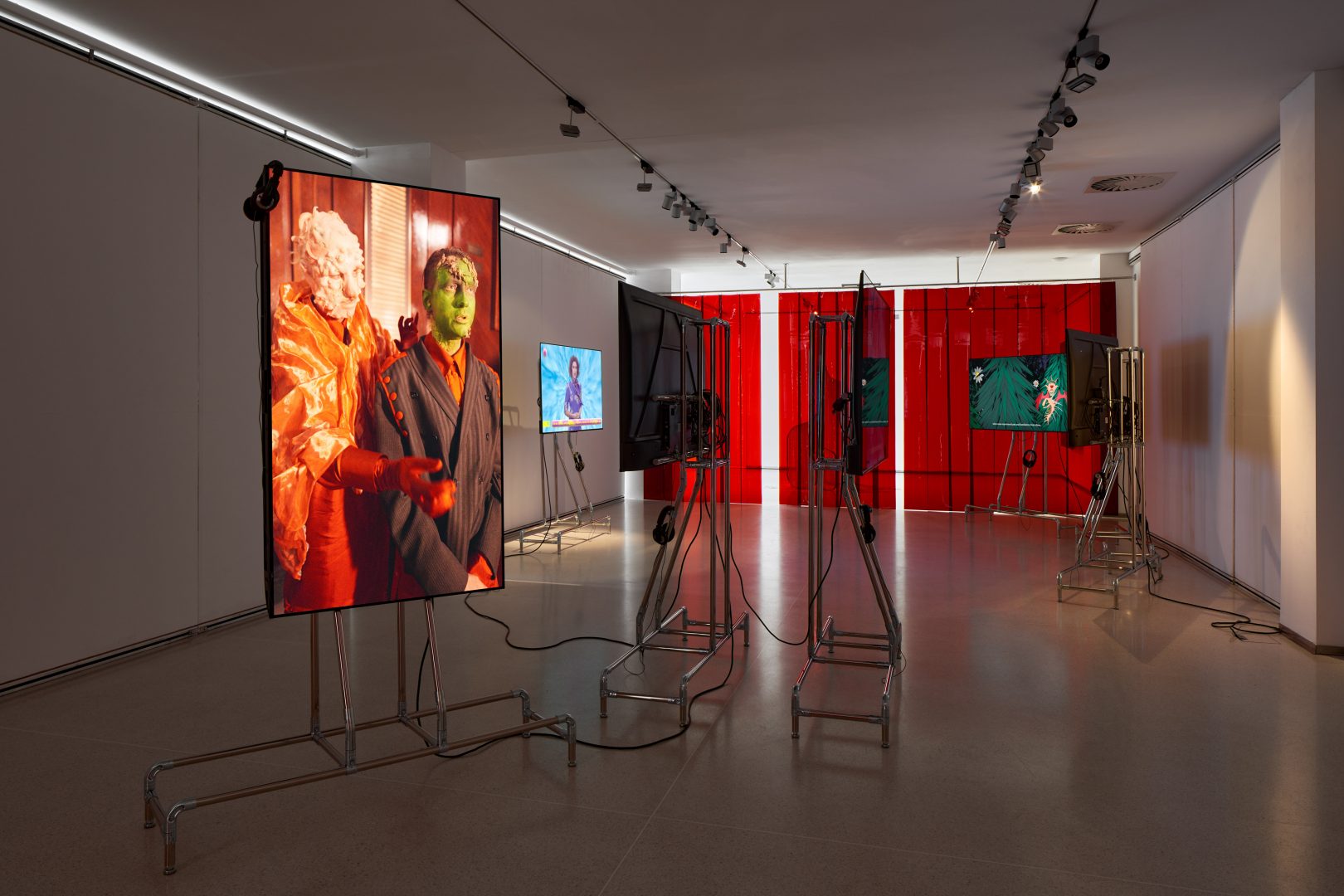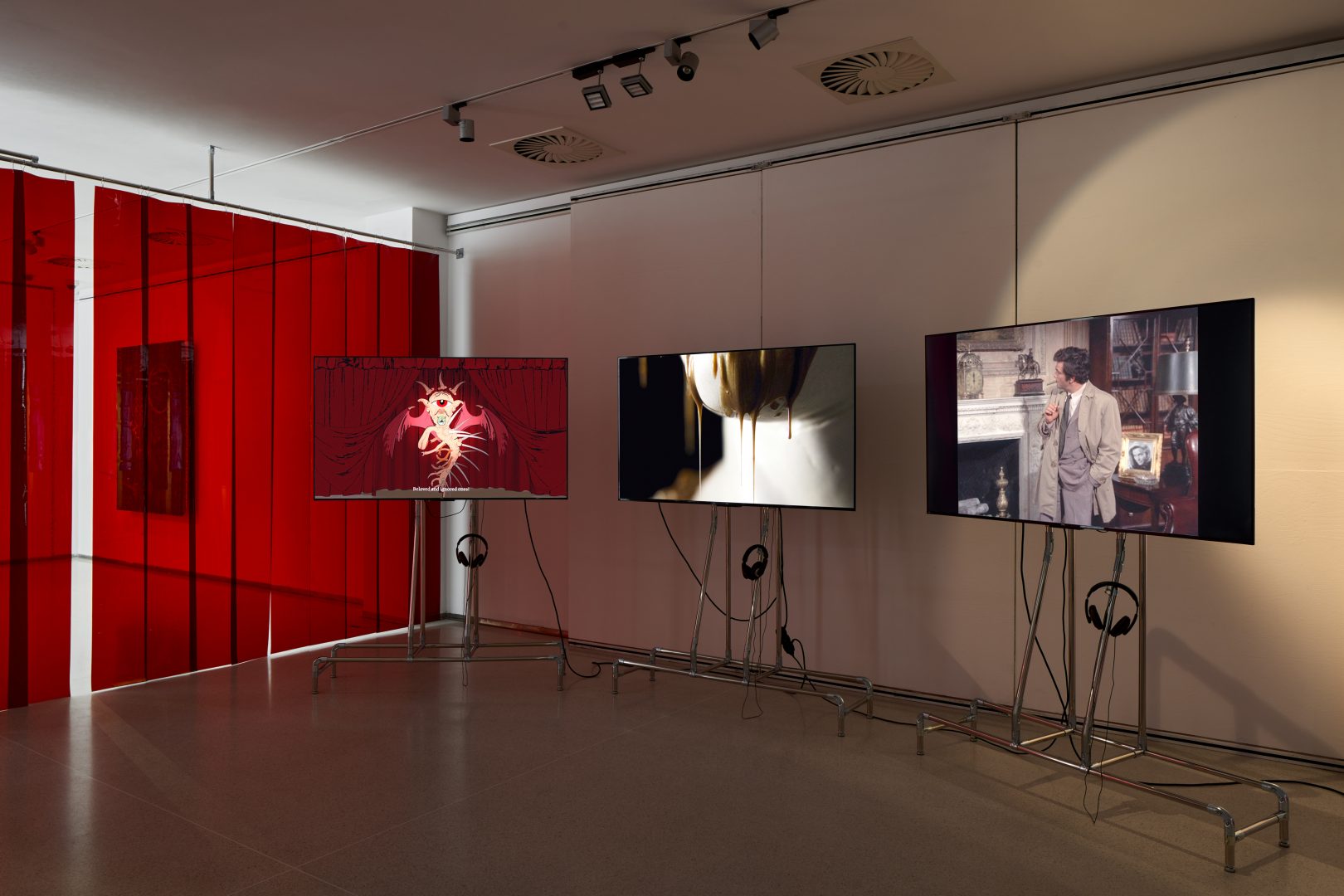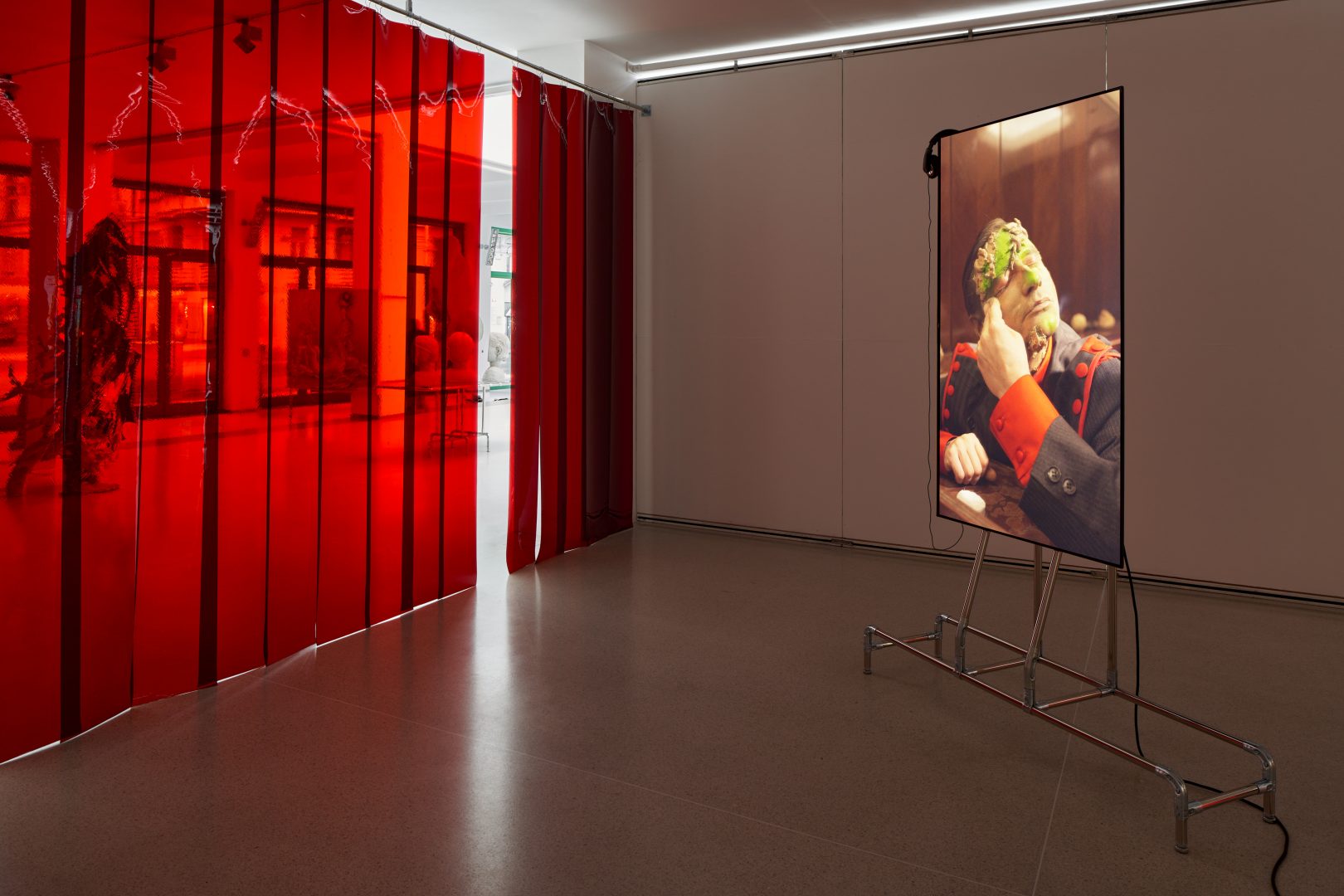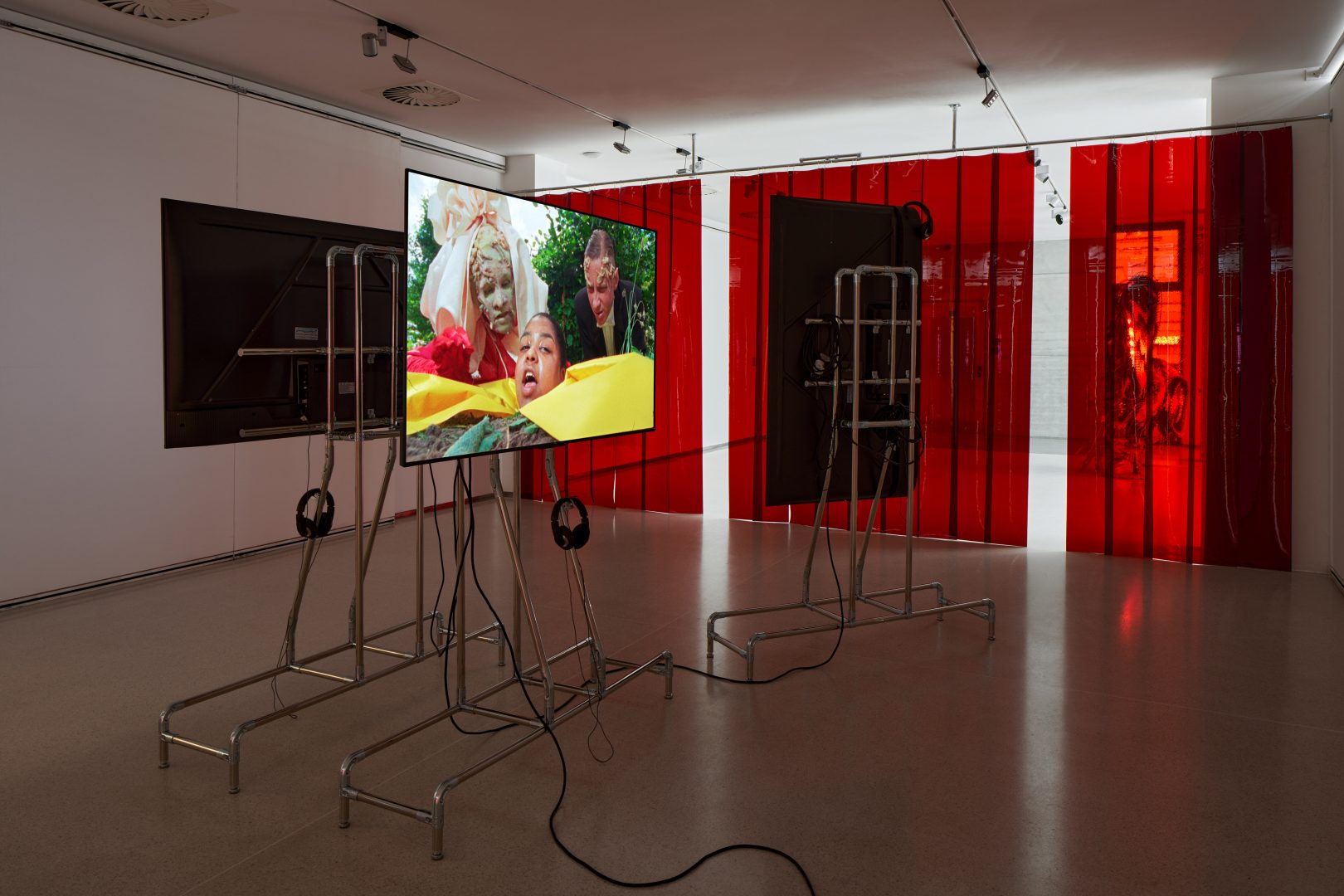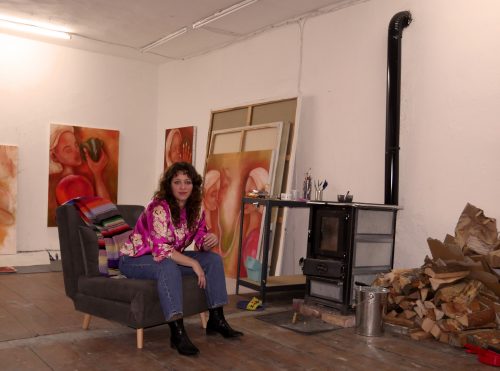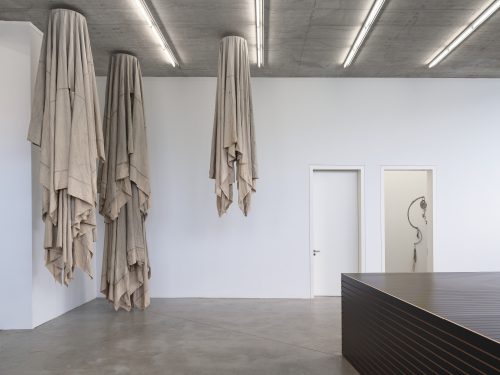
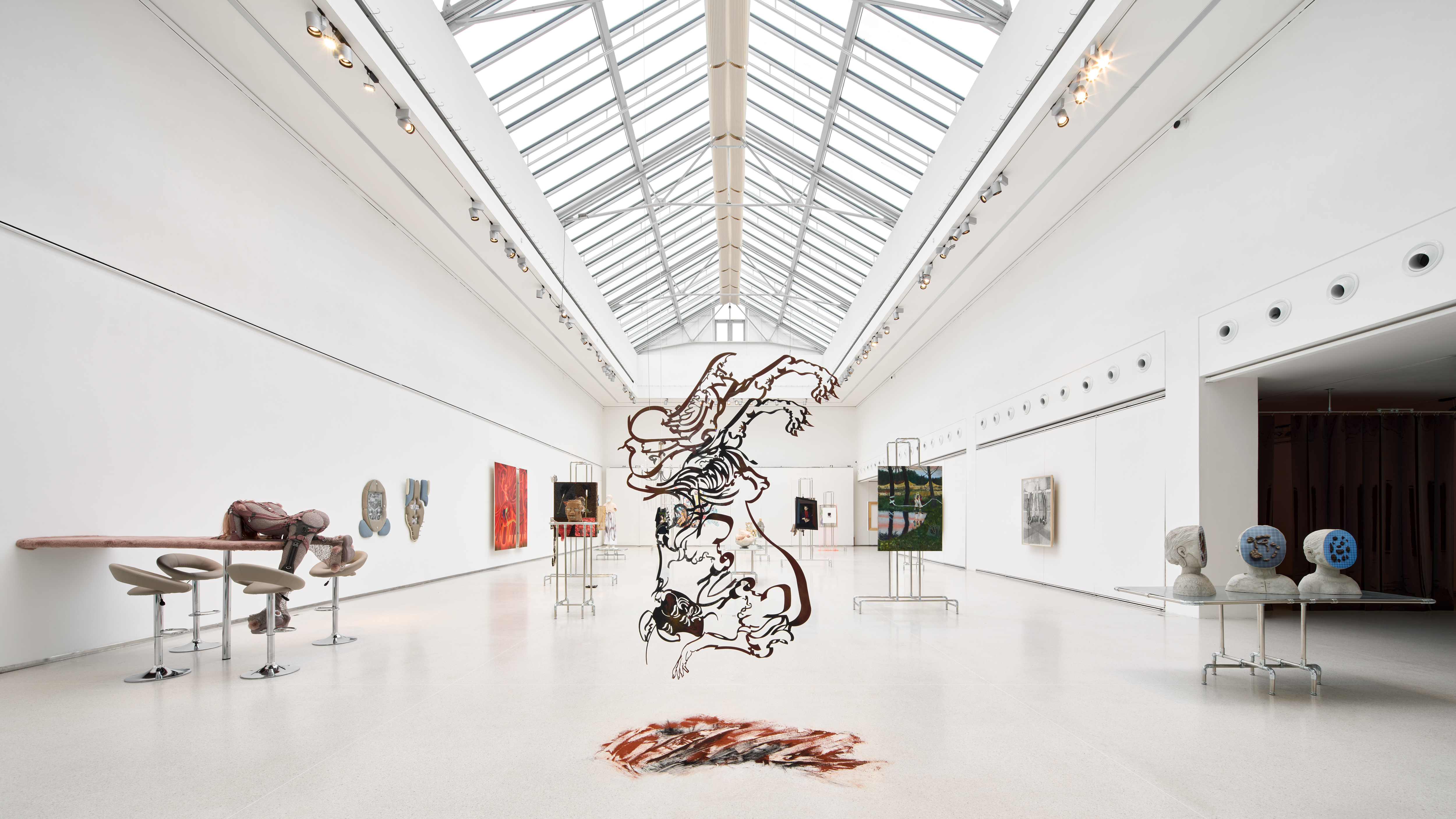
Learning to See: Inside Kateřina Havrlant’s Journey as a Collector
As a former Director at Google, Kateřina Havrlant is accustomed to navigating complex systems with both logic and intuition. Today, her attention turns to contemporary art, guided by the same care and discernment she has applied throughout her previous career. Over the past decade, she has built a collection shaped in close dialogue with curator Ján Gajdušek, attentive to the evolution of artistic practice and open to new directions. Speaking with Christine Hauptmann, Havrlant reflects on the responsibilities of supporting emerging talent and the deliberate pace that guides her collecting.
KP Kateřina, it’s a pleasure to meet you. To start, we’d love to talk a bit about your personal journey. You come from a tech background and served as Director for Europe, the Middle East, and Africa at Google, where you led initiatives in Economic Contribution, Sustainability, and AI. What sparked your interest in art?
KH I’ve always admired great art. I remember watching a movie about Jackson Pollock and being completely fascinated by his work. At first, I looked up prices and thought: well, that’s something you can only dream about…
KP Not to forget the work of his talented wife Lee Krasner…
KH Indeed – I found her work incredibly compelling. Then I fell in love with Modigliani and asked my designer to create a piece of furniture featuring Woman Sitting in Blue Dress. That was a playful start to my journey, but the real spark came in 2012 in London, during the Google Arts & Culture project. Meda Mládková, the Czech collector and founder of Museum Kampa, visited London and we spent three days together. I asked her how she began collecting artists like František Kupka. She told me, “They needed me; I was really part of their artistic journey.” She was a true friend to these artists, and that was incredibly inspiring. Something clicked inside me. Meda also pointed out that the digital evolution was a challenge for artists and suggested I could support them. That advice stayed with me.
KP The first acquisition is certainly one to remember. When did you acquire the first work in your collection?
KH I visited Museum Kampa and had a private tour with curator Ján Gajdušek. Afterward, we had coffee, and we immediately clicked. He shared a list of artists I might like. I immersed myself in their work, buying pieces from emerging artists. At the time, I lacked a framework for the collection, so Jan helped me define a conceptual approach. We decided to focus on artists who were still studying or on the verge of success – where our support could have the most impact. Then in 2016, Klára Hosnedlová was one of the first artists to be included in the collection. Her work was challenging and entirely handmade. I bought a few pieces and watched her career take off. Within three years, there was already a waiting list for her work. Meeting artists personally and understanding their process has become the cornerstone of my collecting approach.
KP How do your relationships with artists evolve over time? Do you see yourself as a patron, collaborator, or observer?
KH I think in years, not seasons. I usually meet artists early—ideally in the studio rather than at a fair—and I keep returning, buying when a work marks a genuine step forward. My primary role is patronage: patient, transparent support through acquisitions and the less glamorous essentials—production budgets, technical setup, and responsible presentation, especially for moving-image works. I become a collaborator when a project needs context—architecture, institutional partners, or a thoughtful exhibition frame—but I don’t steer the content. Throughout, I remain an observer and try to be present, curious, and willing to wait when the timing isn’t right. Relationships grow at the artist’s pace, and trust comes from showing up, documenting openly, and being consistent over many years. That balance—patron by default, collaborator by need, observer by principle—keeps the work, not the collector, at the center.
KP Meeting artists in person always carries the risk that you might not relate to them or their views. Would you still consider collecting a work by an artist you don’t personally connect with, but whose work you admire?
KH Yes. It’s not about ego – it’s about the work itself. If I connect with a piece, I buy it, even if I don’t share the artist’s outlook or personality. I want my collection to be diverse and to challenge me. Video art, for example, fascinates me because it opens space for dialogue. Or Anna Uddenberg’s work: it addresses heavy societal private topics and it took me three years to acquire a work of hers because dealing with those topics was so challenging – but it was essential for my collection, for my daughter, and for society.
KP Speaking of your daughter, is she involved in your art journey?
KH She’s 10 now, but she’s been part of my journey since she was a toddler, visiting artists’ studios. She’s very artistic herself – singing, playing instruments – and she loves the art we have at home. Of course, she asks many questions, especially about video art, which sparks great discussions.
KP Video art is a fascinating medium, but I feel it requires a different process to truly engage with. How did video art become part of your collection?
KH It took me a while to embrace it, but I realized video art offers a completely new way for audiences to engage with ideas. It’s intense, immersive, and thought-provoking. Initially, coming from the YouTube world, I wondered how video art differs from all the content online. But the more I engaged with it, the more transformative it became.
KP Nowadays, do you consciously follow the approach of mixing works by emerging and established artists so that they can benefit from each other, both curatorially and in terms of public attention?
KH Absolutely. That’s part of the journey forward. Initially, we focused on supporting Czech emerging artists, many of whom are now leading figures. Over time, we expanded to European and recently American artists. The idea is to give emerging talent a platform while learning from established voices.
KP Developing a collection is also a process of learning to 'see' works in a unique way, of cultivating a personal style and taste. It’s a journey that requires both time and engagement. How do you train your eye as a collector?
KH It’s constant practice. I attend art fairs frequently, but now with a clear focus. I make a list of what I want to see beforehand. It’s about being intentional and attentive, not just browsing. At the same time, I have regular meetings with my curator, who follows the Czech and foreign art scene, and we consult together about what is happening, whose studio to visit, which exhibition to see, etc.
KP What role does storytelling play in how you shape your collection? Do you see it more as a curated narrative or as an evolving archive?
KH Storytelling, for me, is a coherent narrative that has been unfolding for a decade – a longitudinal record of how contemporary art and the dynamics of the Czech and Central-European scene evolve across painting, object, and moving image, traced through artists at key inflection points. At the same time, like any private collection, it is a subjective, evolving archive that shifts as my knowledge deepens, the scene changes, and practical factors – finances and risk appetite – enter the equation. I hold these two truths together with clear selection criteria, long-term tracking, and transparent documentation, so the story stays legible while the archive remains open to change.
KP The art market tends to focus on certain regions more than others. In this context, how would you describe the current position of Central and Eastern European art on the global stage? Are there particular blind spots in how it is perceived internationally?
KH I believe that the art of Central and Eastern Europe is slowly but surely asserting itself in Western contexts – and that the broader artistic current may, in some ways, be shifting eastward. You can see this at art fairs, but also on curated online platforms showcasing exhibitions worldwide, where a notable number of Central European galleries and artist-run spaces appear. The Romanian painting scene is particularly compelling, as is the strong presence of Polish artists, and women artists from the Czech Republic such as Anna Hulačová, Eva Koťátková, and Klára Hosnedlová. What unites these groups and artists, I think, is a distinctly East European ethos coupled with a historically grounded sense of place, reframed for the present. That may read as “exotic” to Western curators and collectors, even though for us it is the natural world we come from.
KP Have there been any books or exhibitions that left a lasting impact on you as a collector or as a thinker?
KH Books that have stayed with me are the ones that bridge vision and systems: John Berger’s Ways of Seeing, Hans Ulrich Obrist’s Ways of Curating, Adam Lindemann’s Collecting Contemporary, and Don Thompson’s The $12 Million Stuffed Shark. Exhibitions that marked me include encountering Meda Mládková’s collection of František Kupka at Museum Kampa, Boros Collection in Berlin, Klára Hosnedlová’s recent Embrace at Hamburger Bahnhof, Eva Koťátková’s major presentation at the National Gallery in Prague and many others that I can't think of right now. Finally, my first circuits of Art Basel, Liste, and Zurich Art Weekend were formative – they taught me how artists, galleries, and institutions converse across borders, which still shapes how I collect.
KP Speaking of education and formative exhibition experiences — do you envision a public space for the collection, or do you have other plans?
KH I’m not drawn to traditional models. I want to focus on supporting artists directly. For example, a foundation offering residencies – possibly integrating AI and other technologies – would help artists navigate fast-paced change and use it creatively. That’s where I want to direct my energy.
KP What direction do you see your collection going in the future?
KH The collection will continue to include more video art and broaden in terms of media. Over the past ten years, I’ve learned a lot, and my vision has evolved. Collecting is a journey, just like an artist’s process – unpredictable and adventurous.
KP If you could give one piece of advice to someone just starting out as a collector today, what would it be?
KH Always stay open to learning and challenging yourself. You need to constantly train your eye and approach collecting with clear intention. Collaboration is also key. Jan has been an essential partner in developing my collection — we have many discussions, sometimes heated, but always invaluable. He’s both a brake and a driving force. I’d also advise first-time collectors to consult experts when making their selections — it helps avoid early missteps and can save a great deal of money. For new collectors, I would definitely encourage focusing on the most current art; in my view, the greatest adventure lies in engaging with work being created today.
